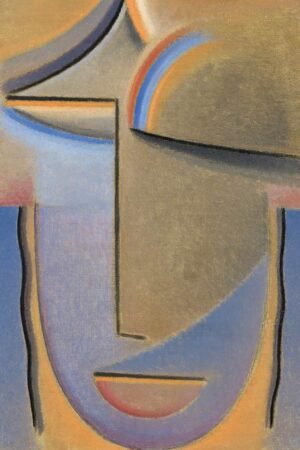The Life of Tamara de Lempicka
Tamara de Lempicka was born in Warsaw on May 16, 1898. Her real name was Maria Gorska. The artist grew up in a wealthy family and showed her interest in art as a child. In 1917, due to the Bolshevik Revolution, she fled with her husband to Paris, where she studied art. He studied art at the École de Beaux-Arts and the Académie Ranson.
In the 1920s, he became one of the leading artists of the Art Deco art movement in the Parisian art scene. He painted portraits especially for aristocrats, artists and society. At the peak of his art in the 1930s, Lempicka moved to the United States with the outbreak of World War II. He died in 1980 in Mexico.
Lempicka’s Art Style and Genre
Lempicka’s artistic style reflects a modern approach that embraces the sharp lines and geometric forms of Art Deco. He used softened volumes and shiny metallic effects to create a strong and charismatic appearance in his figures.
Female figures occupy a large place in his works. The image of the strong, independent and modern woman is a dominant theme in Lempicka’s art. His mastery in the use of color and detailing gave his paintings a contemporary air.
Most Popular Artworks
The Musician Print (Tamara de Lempicka)
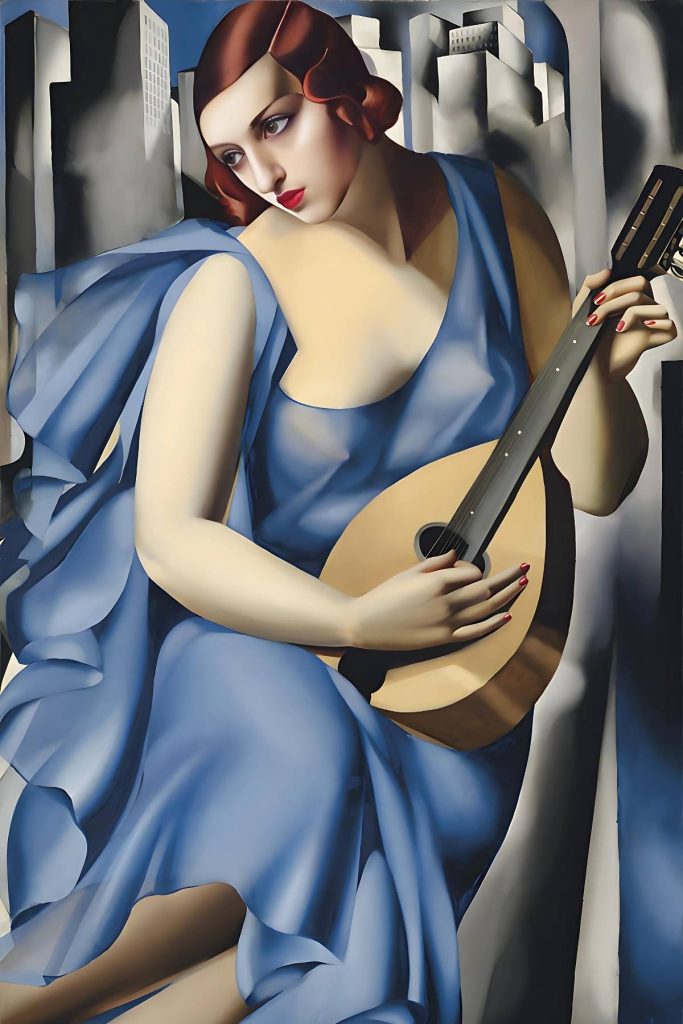
The figure of the musician reflects Lempicka’s characteristic Art Deco style. The composition, balanced with sharp geometric forms and pastel tones, reveals the artist’s technical mastery.
Self-Portrait in a Green Bugatti
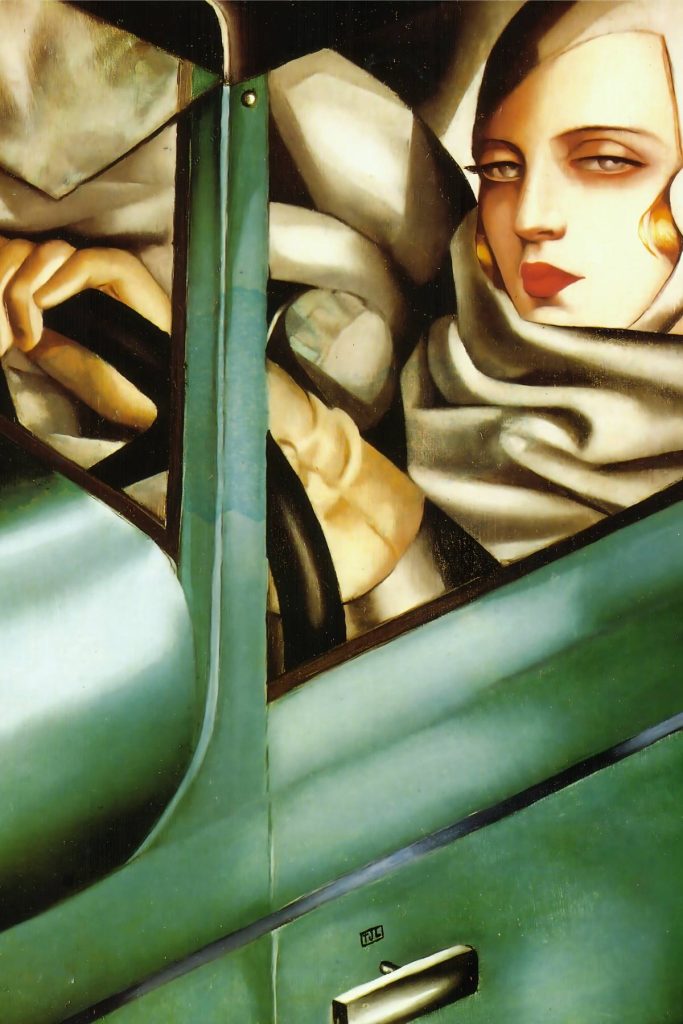
This self-portrait is one of Lempicka’s most famous works. Made in 1929 for a magazine cover, this work represents the power and freedom of the modern woman. Depicted in a green Bugatti, the artist displays an arrogant and self-confident attitude.
The Sleeper (Kizette – Tamara de Lempicka)
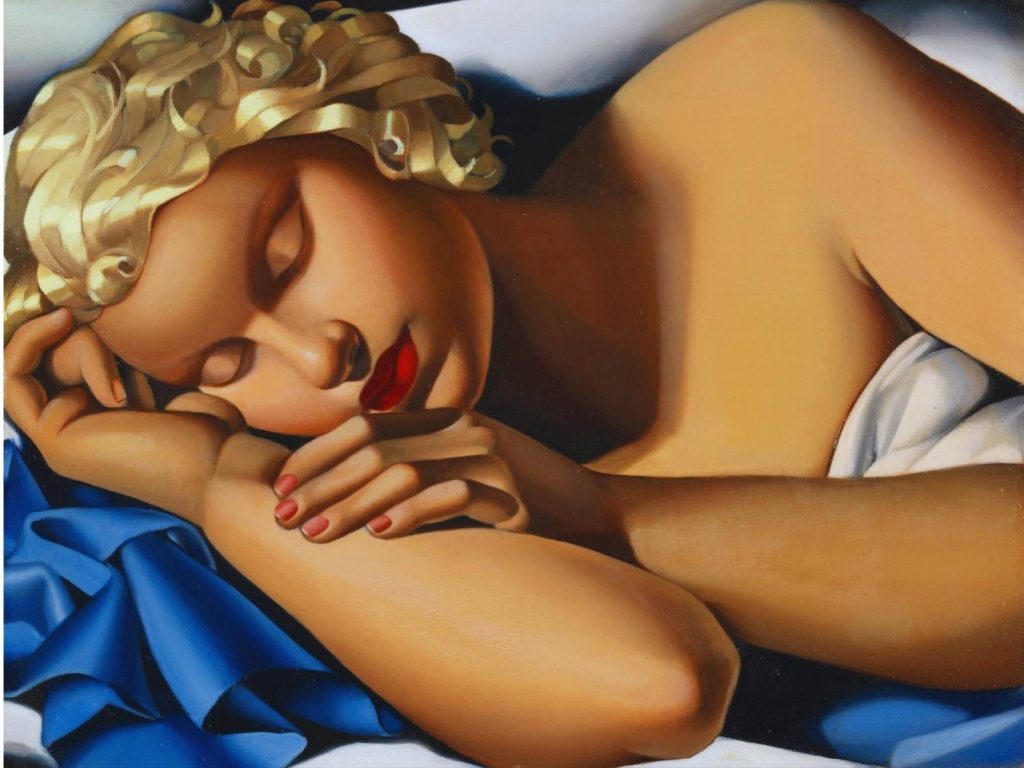
This painting, in which the artist depicts his daughter Kizette asleep, is an emotional and elegant work. Lempicka’s rendering of the figures adds depth and serenity to the painting.
Kizette in Pink
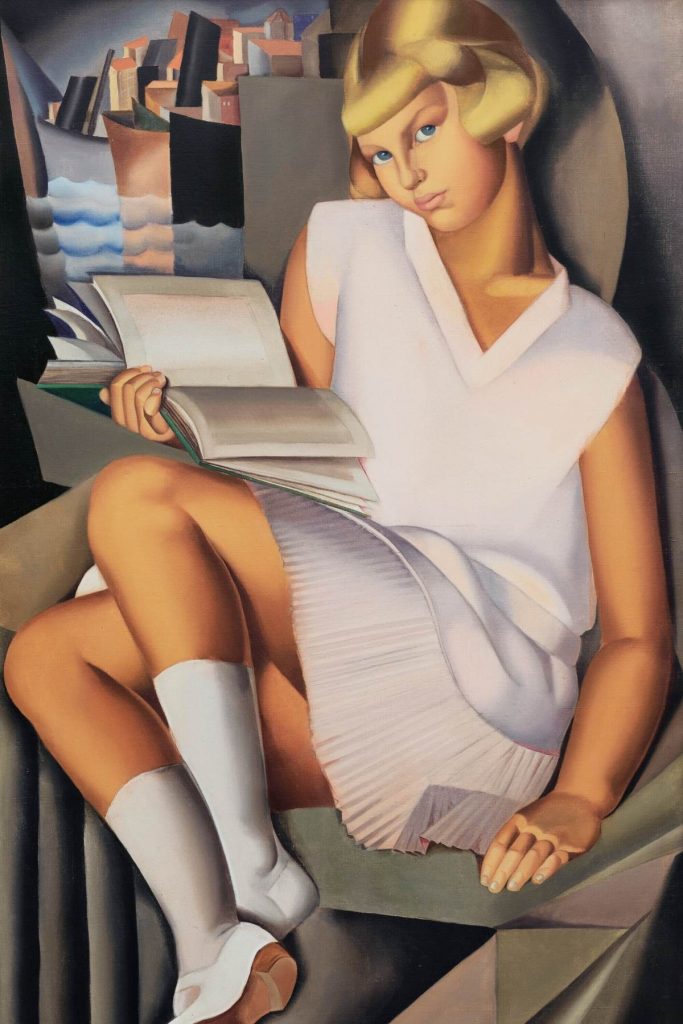
Depicting her own daughter in a pink dress, Lempicka used pastel tones and softened geometric forms in this work. The work reveals the artist’s skill in figurative expression.
Portrait of Marjorie Ferry
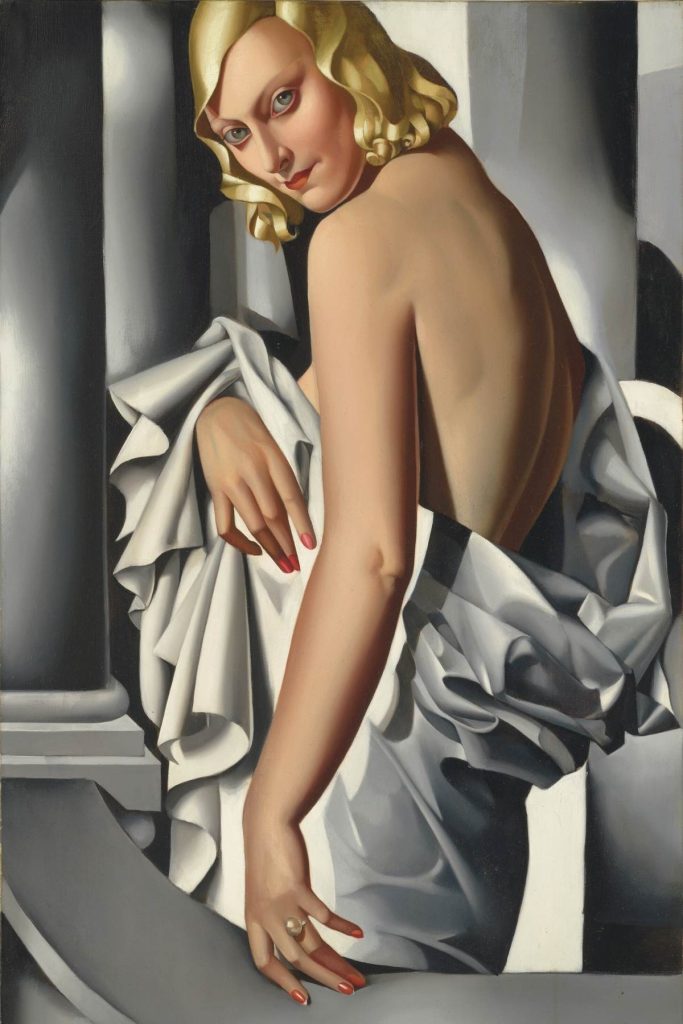
This portrait is one of the most prominent of Lempicka’s portraits of aristocracy and society. The detail, color balance and composition of the figure demonstrate the artist’s technical mastery.
The Sleeper (Tamara de Lempicka)
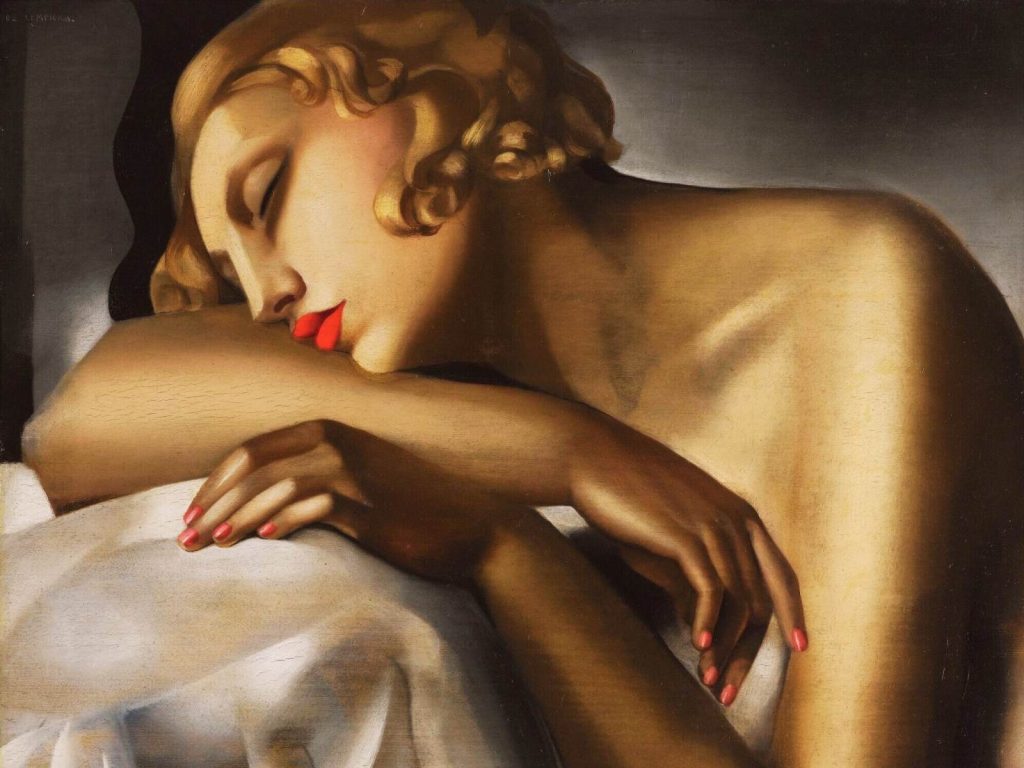
The figure of a sleeping woman is characterized by the artist’s classic softened lines and use of bright colors. This work is a good example of Lempicka’s emotional narrative style.
Tamara de Lempicka’s Legacy and Influence on Art
Tamara de Lempicka has left her mark on art history as one of the most iconic artists of Art Deco. She made a major contribution to modern art with her portraits, figures and technical mastery. Her works are still admired by art lovers today and continue to be a source of inspiration.
Where can I see Tamara de Lempicka’s paintings?
Tamara de Lempicka’s artworks on exhibit in many museums and private collections around the world. You can see her work in art institutions such as the Metropolitian Museum of Art in New York, the Centre Pompidou in Paris, the Thyssen-Bornemisza Museum in Madrid, the National Museum in Warsaw and the Los Angeles County Museum of Art (LACMA). In addition, her works are sometimes exhibited in private art galleries or traveling exhibitions.
What medium did Tamara de Lempicka use?
Tamara de Lempicka worked mainly in oil paint. She used careful brushstrokes and layered painting techniques to create smooth lines and soft transitions, reflecting the Art Deco style in her art. Especially in her portraits, she created a unique style by combining traditional Renaissance art techniques with modern geometric forms.
Discover Our Latest Art Prints
Explore the latest additions to our curated art collection, designed to inspire every room.
-

Chinese Rooster Art Print
Price range: 23.00$ through 139.00$ This product has multiple variants. The options may be chosen on the product page -

God Speed Art Print by Edmund Blair Leighton
Price range: 23.00$ through 209.00$ This product has multiple variants. The options may be chosen on the product page -

Paul Klee Comedians Handbill Abstract Art Print
Price range: 23.00$ through 209.00$ This product has multiple variants. The options may be chosen on the product page -

Abstract Head of woman, Evening Print Alexej von Jawlensky
Price range: 23.00$ through 209.00$ This product has multiple variants. The options may be chosen on the product page -

White Swan Floating on Dark Water Wall Art Print
Price range: 23.00$ through 209.00$ This product has multiple variants. The options may be chosen on the product page -

Black and White Sunflower Field Wall Art Print
Price range: 23.00$ through 209.00$ This product has multiple variants. The options may be chosen on the product page




